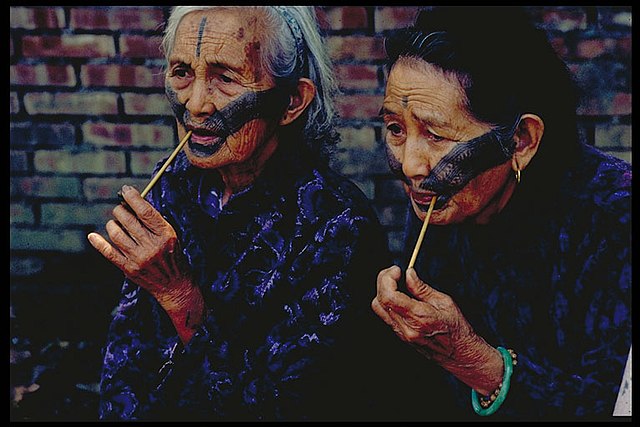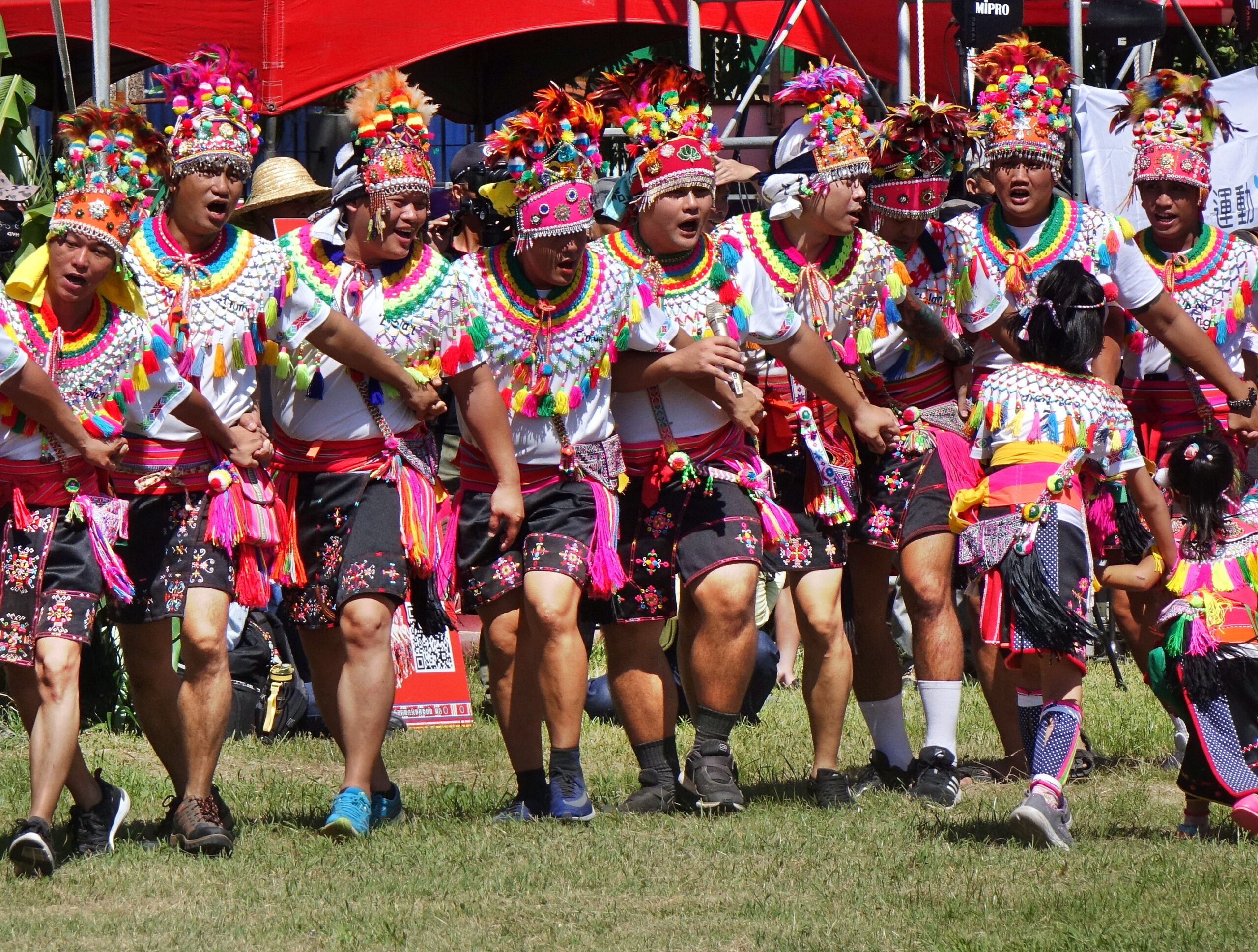Welcome to Taiwan, a land rich in cultural diversity and vibrant tradition. Following centuries of Han Chinese migration to the island, indigenous people account for just one-fortieth of the population of 23.4 million — yet the Austronesian tribes which have called Taiwan home for thousands of years have left their mark on every facet of life, including religious practices, foodways, and (like in North America and Australia) place names.
When the Dutch East India Company established a trade outpost on the southwestern coast in 1624, they gave the location and the indigenous people they encountered in the area the same name: Tayouan. This place name was adopted by the Chinese merchants who passed through and the settlers who fished and grew rice. Over the years it was distorted and written in several different ways, eventually becoming the name by which we now know this wonderful land: Taiwan.
Not one tribe but sixteen
The government recognises 16 aboriginal tribes, and other groups are lobbying for similar status, which confers dignity as well as subsidies and special land rights. Each tribe has its own language, yet few indigenous people under the age of 30 are fluent in their ancestral tongue. Scholars around the world recognize the island as the birthplace of a vast family of languages spoken as far away as New Zealand, Easter Island, and Madagascar — places settled by the descendants of brave pioneers who in prehistoric times set out from Taiwan in tiny boats and navigated by the stars.
Well into the 20th century, many Taiwanese of Han Chinese origin regarded the indigenous people as savages, or they at least distinguished between what they called ‘cooked [civilised] aborigines’ (indigenous communities that had absorbed a certain amount of Han behaviour and culture, for example clothing) and ‘raw [uncivilised] aborigines’ (who lived by hunting and gathering and had little contact with the mainstream economy and society). As recently as the 1930s, some indigenous groups hadn’t given up their old head-hunting ways. The Japanese, who ruled Taiwan as a colony from 1895 to 1945, tried to stamp out cultural practices they viewed as barbaric, such as the tattooing of women’s faces.

Two elderly Atayal women with face tattoos, photographed in 2006 (Hayun Liu Photo)
Despite the pressures of modernization and cultural assimilation (both willing and unwilling), many of Taiwan’s indigenous communities retain a distinct appearance and ambiance. Joining a Life of Taiwan private guided tour is an excellent way of delving into the fascinating yet (outside Taiwan at least) little-known world of Austronesian customs, foods, and artistic expression. For a unique and enriching cultural adventure with an indigenous twist, contact us today.
An exploration of the rich tapestry that is indigenous culture can begin just outside Taipei, in the district of Wulai. Also known for its hot springs, Wulai is a bastion of the Atayal people, Taiwan’s third-largest indigenous tribe. Here you can sample such culinary treats as grilled mountain boar and what’s called damamian; the latter is a mix of raw pork, rice, and salt that’s been fermented in a jar for two weeks at room temperature. If that sounds too adventurous, instead have an ice cream flavoured with millet (an indigenous staple) or maqaw (mountain peppercorn).
The profound connection between indigenous communities and the natural environment is more obvious if you travel to the east, to the spacious and thinly populated inland valley that lies south of Taroko Gorge. The cultural landscape there includes outposts of the Amis people, who are known for their lively Ilisin harvest festivals. These summertime events feature traditional songs and dances, as well as age-old rites through which tribal elders express gratitude for the blessings of their gods and ancestors.

Amis tribespeople dance at an indigenous event.
As is true throughout rural Taiwan, in Amis village you’re unlikely to come across English speakers. But with the help of our highly experienced guides, a window into their culture will open. In addition to gaining an understanding of deeply-rooted tribal traditions, during a guided tour you’ll have opportunities to engage with artists and artisans who create stunningly colourful woven textiles, exquisite pottery, powerful woodcarvings, and other traditional arts.
Indigenous tourism by indigenous people
More and more indigenous people are taking an active role in the tourism industry, and in addition to restaurants that specialise in Austronesian cuisine, Life of Taiwan works with a number of indigenous-run homestays. These offer both heartfelt hospitality and authentic immersion in minority cultures, creating a deeper connection with and a greater appreciation for indigenous culture. As responsible players within the travel sector and firm believers that tourism can be a force for good, we try to work with grassroots entrepreneurs and to support initiatives that contribute to the well-being, self-determination, and cultural preservation of indigenous communities.
Across Taiwanese society in recent years, ecological awareness has come along in leaps and bounds. Indigenous activists have been at the forefront of several important conservation campaigns and now a number of aborigines lead eco-tours. By following an indigenous guide through lush forest, you can learn about the indigenous people’s deep-rooted connection with the land and gain insights into sustainable farming and hunting practices — and return home with unforgettable memories.
To get practical tips and recommendations for planning an indigenous-themed journey through Taiwan, contact our travel experts today. We can advise on the best times to visit, transport options, and itineraries. To step inside this island’s fascinating heritage and culture, book a luxury private tour of Taiwan tailored to your needs and interests.
